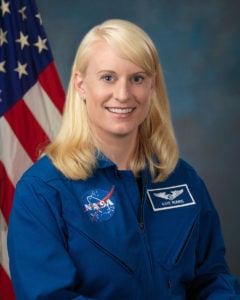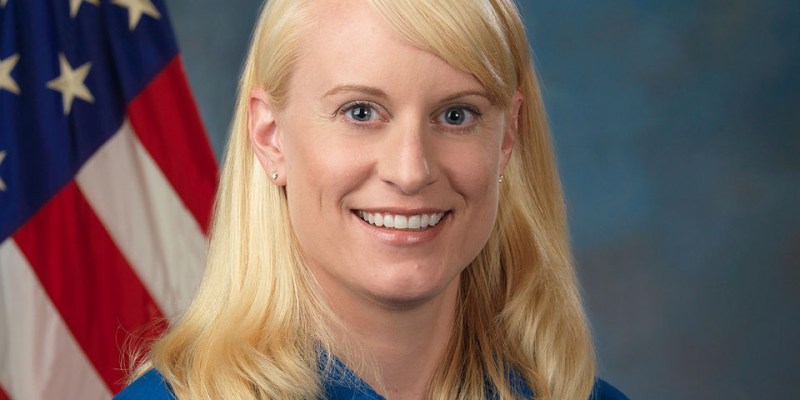Stanford alum Kate Rubins Ph.D. ’06 P.D. ’07 became the 60th woman to go to outer space on June 6, 2015. During a three-and-a-half month session on the International Space Station, Rubins participated in the first successful effort to sequence DNA under low-gravity conditions. She graduated from UC San Diego and got her Ph.D. in microbiology from Stanford. The Daily spoke with Rubins about her work in space.
The Stanford Daily (TSD): Your background is primarily in biology. Could you tell me a little bit about your journey from molecular biologist to astronaut?

Kate Rubins (KR): When I was at Stanford I was actually in the cancer biology program, but I mostly focused on infectious disease. I had full intentions of continuing my research career, then one of my friends called me one day and said, “I saw there are astronaut applications online, and didn’t you want to be an astronaut when you were a kid? You should apply!” I thought, “That would be fun, but this isn’t a real job that people actually do. But sure, I’ll put my application in.” One thing led to another and they ended up calling me down to Houston for an interview.
TSD: You can just apply to be an astronaut online?
KR: Well, we select a class every three or four years. So we’re actually just wrapping up our current class selection right now. We had about 18,000 applicants and we’re selecting between eight to 16 astronauts for the 2017 class. We have just a little over 40 astronauts right now. You have a few years between missions. It’s about 2 1/2 years between missions.
TSD: What is the allure of going into space for you?
KR: It’s something that I was always interested in as a kid. When I started working at NASA and understanding what the capabilities really were of the space station and the space program, one of the biggest draws for me was the ability to do experiments in space. We can do a number of experiments where gravity is actually a variable.
TSD: What was your first experience like in space?
KR: I was there for 115 days. We launched out of Kazakhstan in a Soyuz rocket. We were in that vehicle for two days. It was the first launch in a block of new Soyuz vehicles. So we had a number of launch and checkout objectives, and then after two days we rendezvoused with the space station. These were very different experiences. It was fascinating to be in something so small that you could actually feel the engines when they fire. It was amazing to see how huge the space station is. I got to see the outside of it and then come and dock with that vehicle.
TSD: Could you talk about your project of sequencing DNA in space?
KR: It was a consortium effort between a number of universities and the microbiology lab and Johnson Space Center. One of the reasons that we were interested in this was, first, a technology demonstration. Would there be problems with the fluidics in microgravity? [The application is] something where you want to get a real time answer. For example, if you have an unidentified microbe on the space station, rather than waiting for several months to take a sample and send it back to earth, you can immediately sequence it and get an answer. You can get real time information about something that happens microbiologically. As we start going past low-earth orbit, we won’t be able to send samples back to the planet. So we’re starting to understand how we can use this technology further and further from earth. This is one of the suite of tools that you’d use for astrobiology and life detection. I’m not sure it’s the only thing you’d use. You might not have something that’s necessarily nucleic acid-based. You may use spectroscopy or something. This is of clinical significance if you have to diagnose an infection during a long-duration exploration mission.
TSD: What do you see as the future of space exploration, and what do you see as the time frame for missions to Mars?
KR: First, there will be some of these long-duration, maybe year-long or more missions, then you would eventually launch this habitat into a Mars mission. NASA has set the goal of 2033 for a Mars mission. I think designing the infrastructure and the capabilities to take us beyond low-earth orbit will be happening in the next 10 years. I think the folks in undergrad and grad school are more of our target team. So look for astronaut applications as they’re coming out!
Contact Josh Kazdan at jkazan ‘at’ stanford.edu.
